For the first time since the 1980s, the DVLA has announced significant changes to its vehicle registration policies surrounding classic and historic cars. These changes come into force on Tuesday 26th August 2025, and will aim to simplify processes and safeguard classic car heritage.
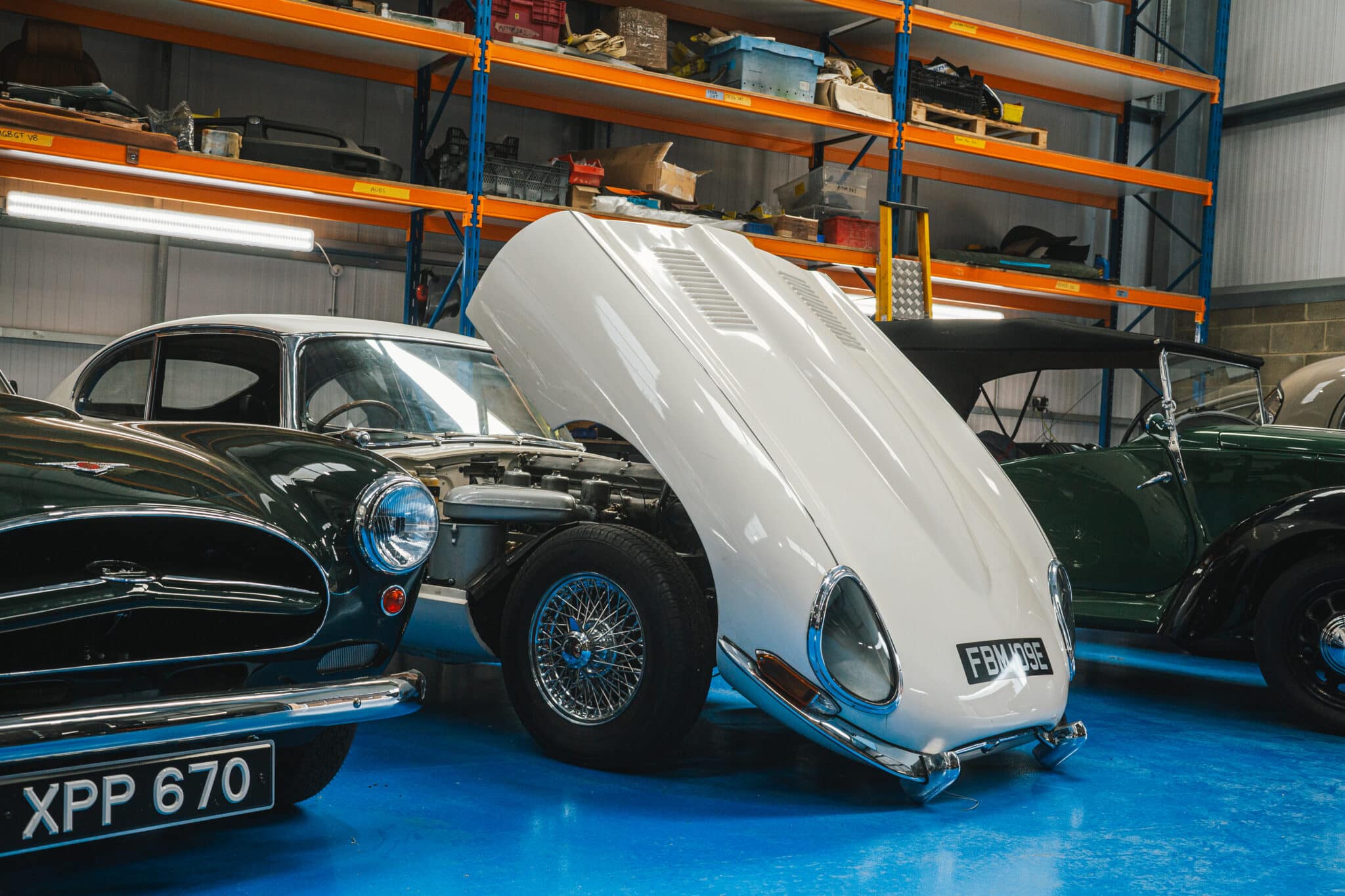
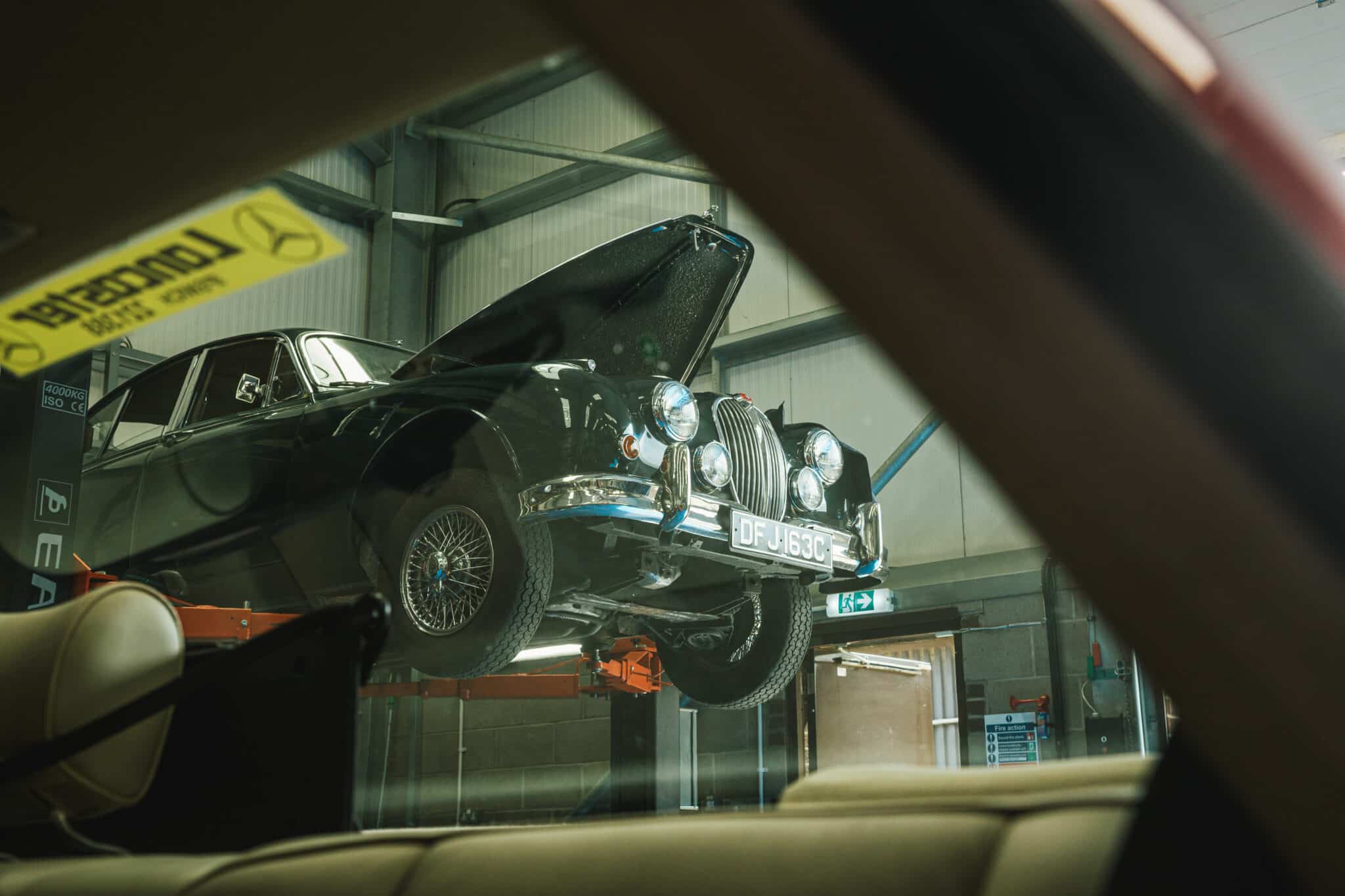
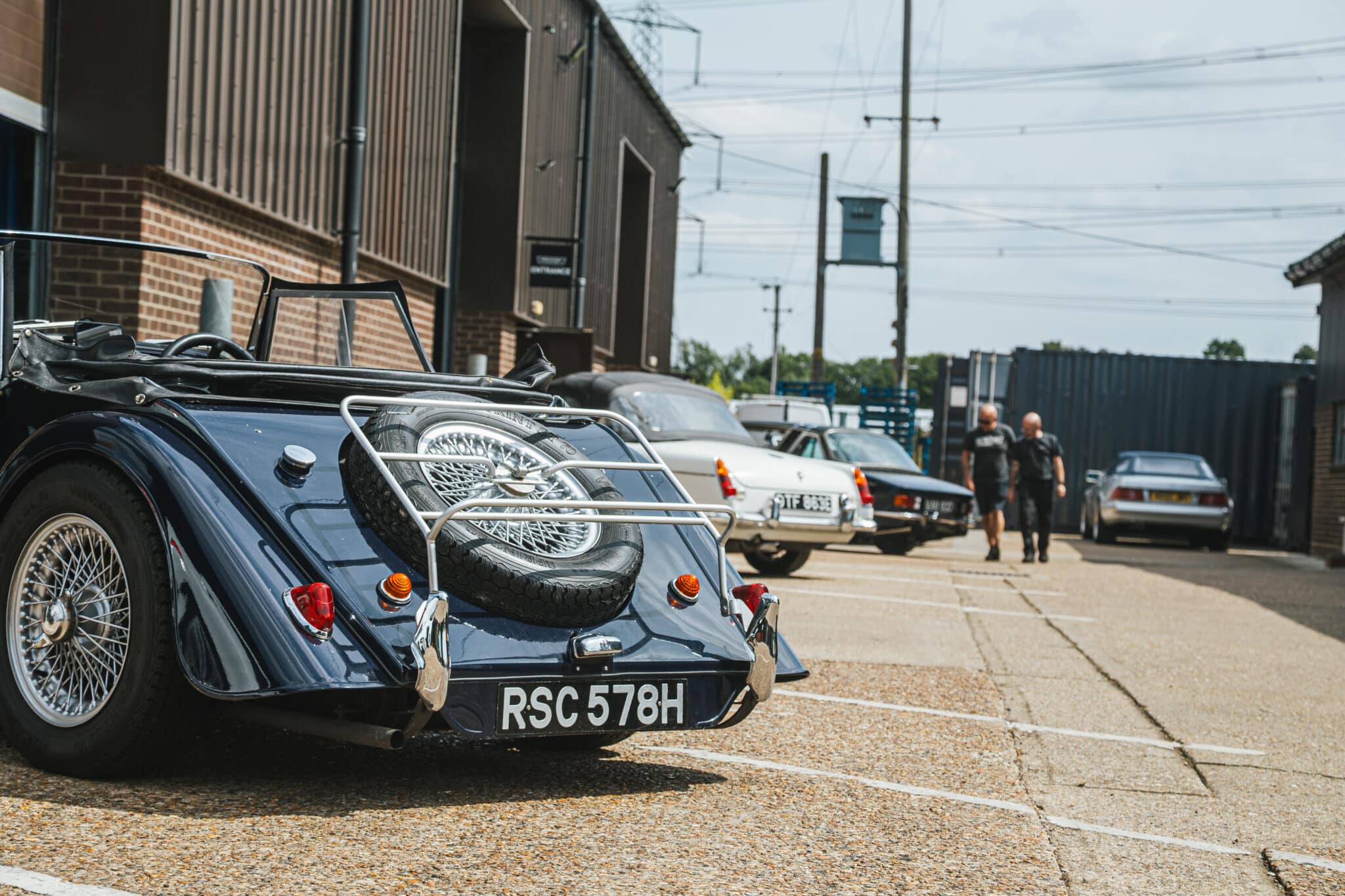
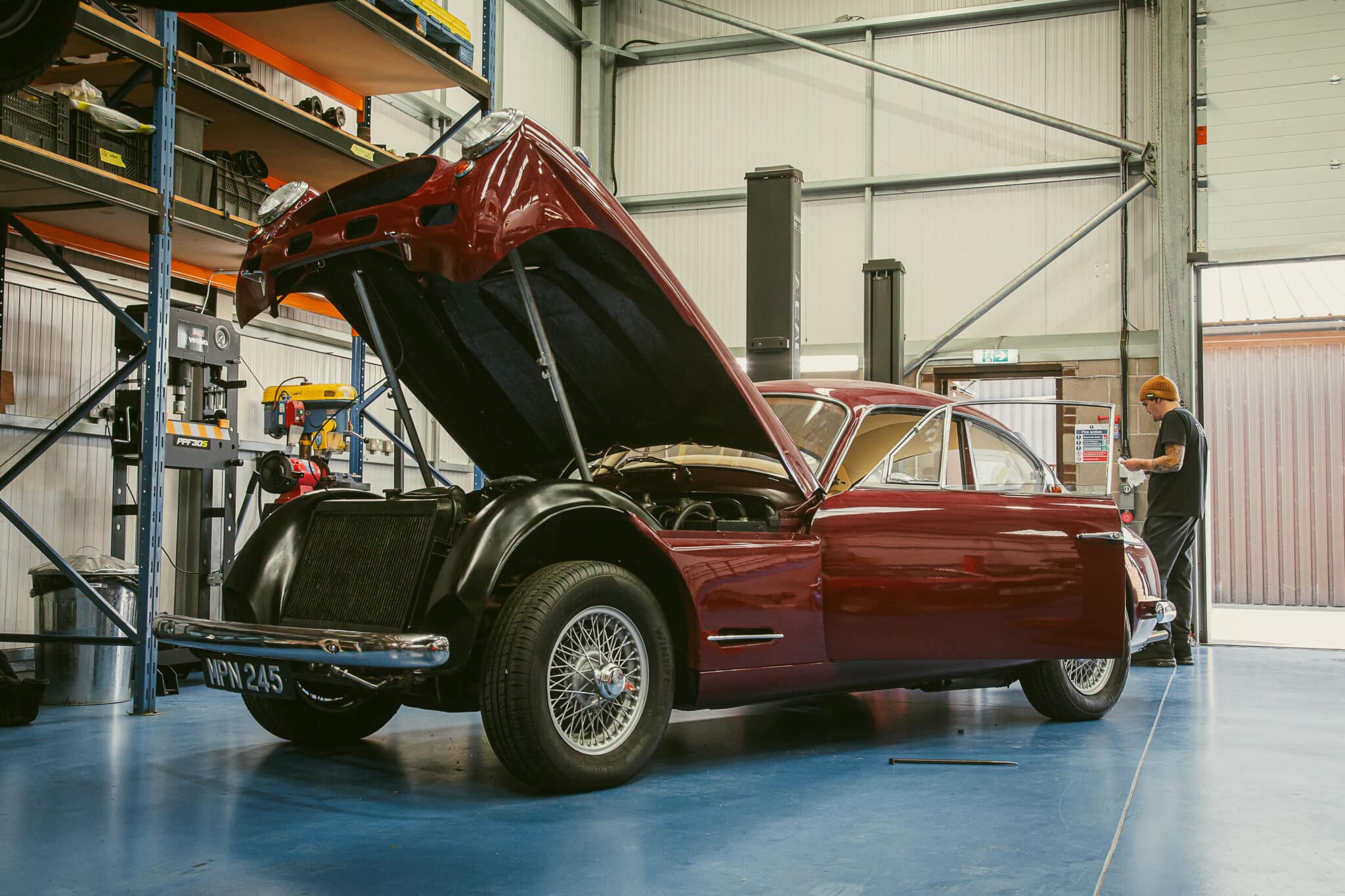
What’s Changing?
In simple terms, the new policy introduces two strands of guidance which will be applicable to all vehicles, regardless of age:
- Like‑for‑like repairs and restorations
If a car is returned to its original manufactured appearance and no details on the V5C (e.g., body type, engine size, colour etc) are altered, owners will no longer need to notify the DVLA when carrying out such work . - Major structural modifications & EV conversions
When a vehicle undergoes significant structural repairs (like chassis or frame changes) or is converted to electric power, it can retain its original VIN and registration, as long as the registered keeper notifies the DVLA of these modifications
These updates are trying to reflect modern restoration methods and help keep classic vehicles road legal without having to alter their historic registration details.
Why These Changes Are Being Made?
This all started when a Call for Evidence was launched on 9th May 2024, during an HCVA‑hosted event at Bicester Motion, supported by former Transport Secretary Mark Harper. Within eight weeks, over 1,350 responses were submitted by owners, enthusiasts, restorers, and clubs.
These findings prompted an in-depth DVLA review, carried out in consultation with government officials such as Lilian Greenwood, the Minister for the Future of Roads, and the Historic and Classic Vehicles Alliance (HCVA).
“The policy changes by the DVLA encapsulate how industry and government working collaboratively can deliver better outcomes. It is testament to the hard work of the HCVA, and others, that the government has listened and acted with pragmatic changes that place the retention of historic identity at the forefront of registration policy, a move that will be welcomed by all historic vehicle specialists, owners, and historians. The DVLA should be applauded for its engagement and commitment to deliver new policies that now recognises new technologies, techniques, and improved materials. The positive impact these changes will have should not be underestimated in how they will support specialists and owners in protecting the UK’s historic vehicle industry, enabling over three million historic and classic vehicles to be kept roadworthy, relevant, and enjoyed by future generations.”
Dale Keller, CEO of the HCVA
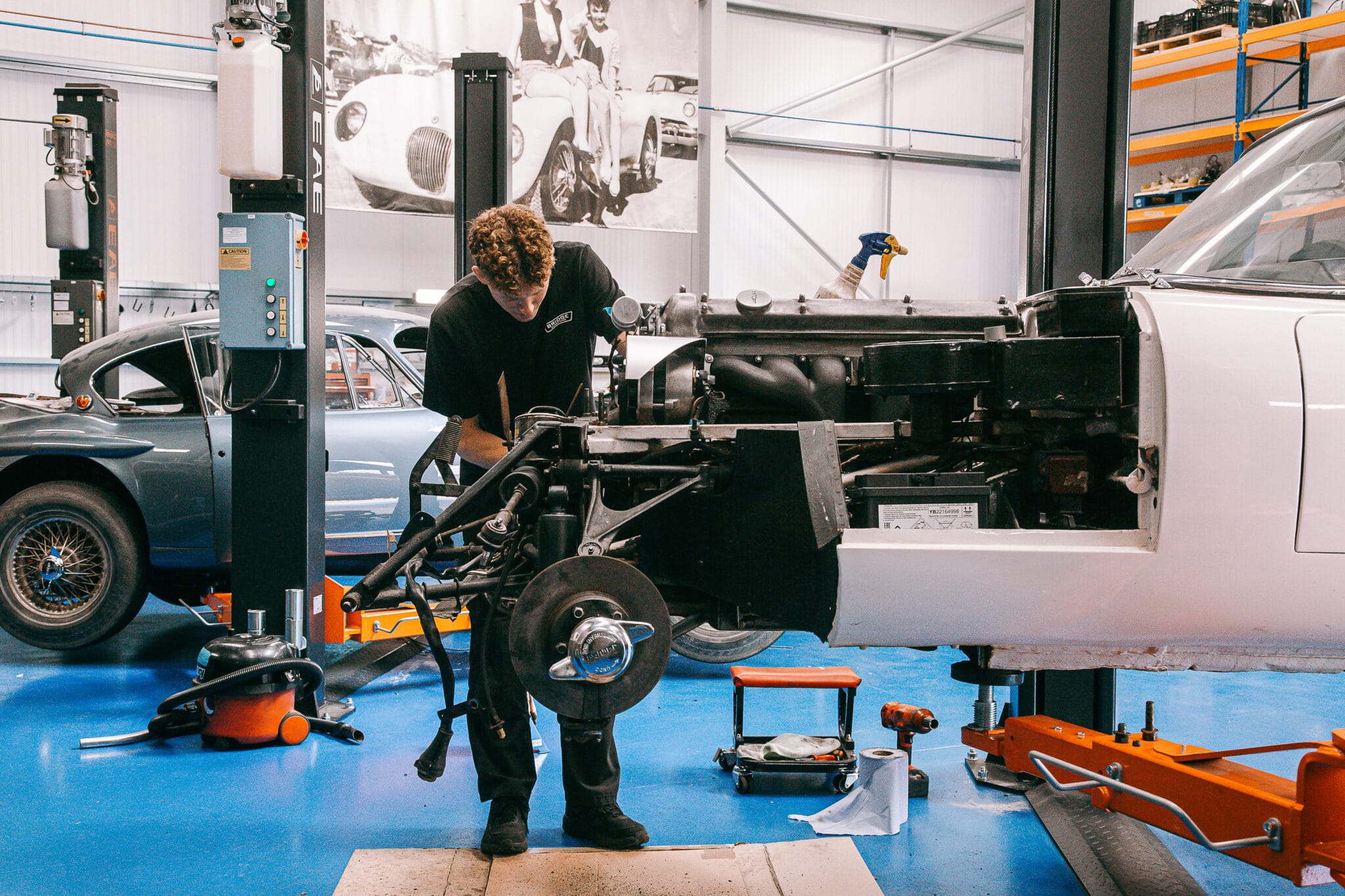
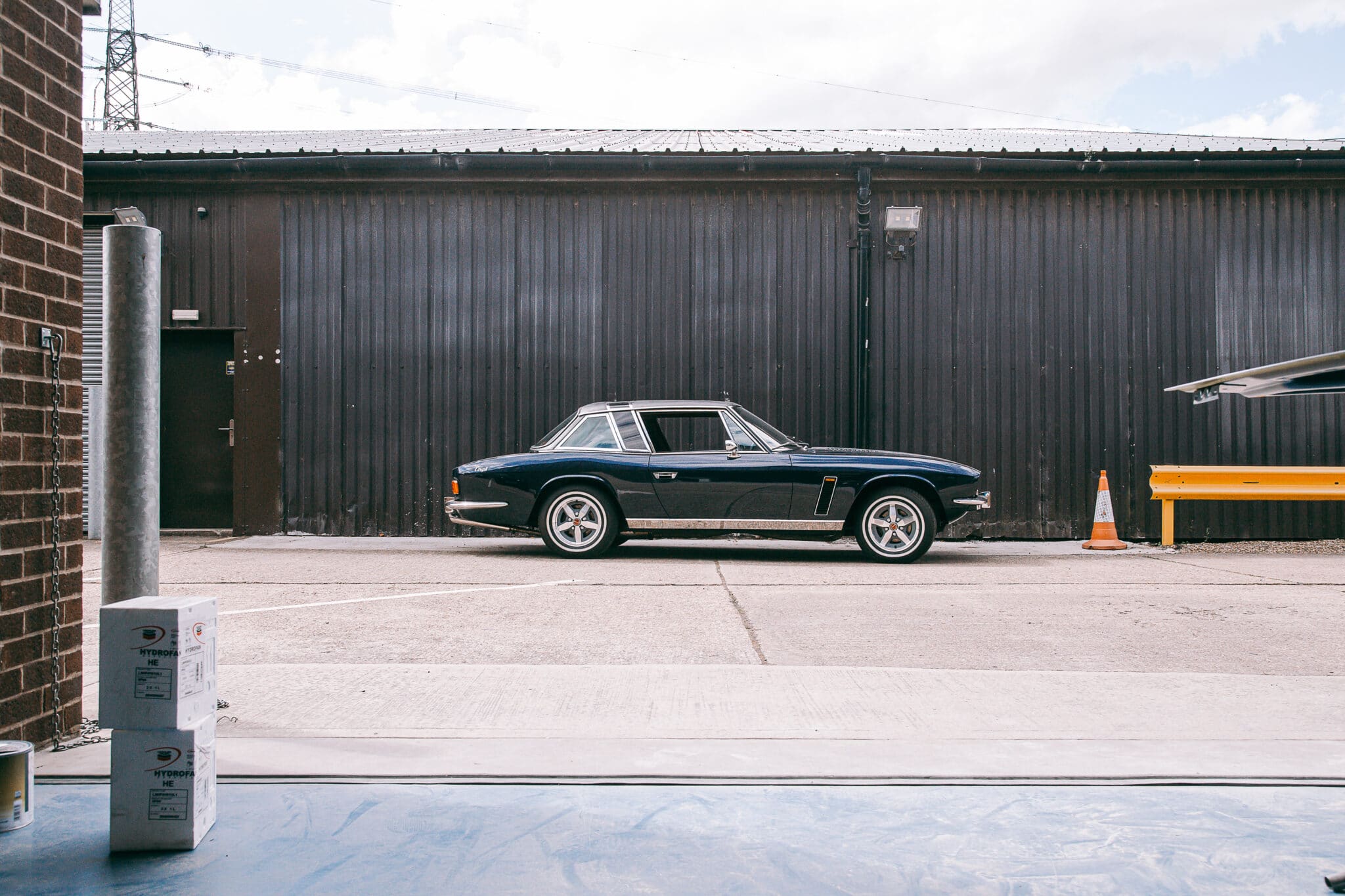
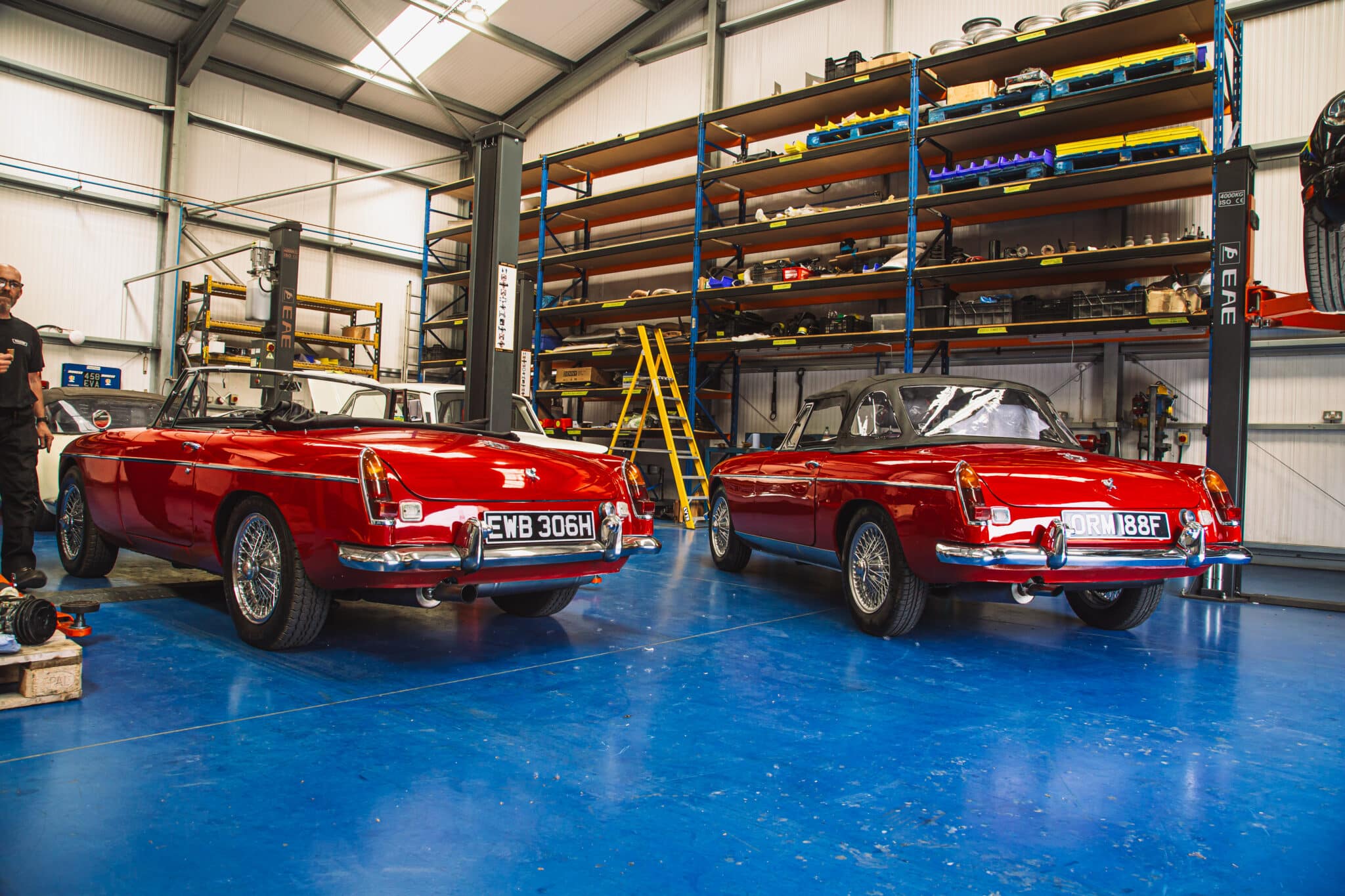

Important DVLA Changes
The changes being made by the DVLA are actually very important for the UK’s classic vehicle industry:
- There are around 3 million historic and classic vehicles currently on British roads
- The sector supports well over 100,000 skilled jobs, with estimates placing its economic value between £4 billion and £18 billion annually
- These are often small specialists keeping irreplaceable skills alive and relevant
Crucially, retaining a vehicle’s original identity matters not just emotionally, but economically. A restored Jaguar E-Type, for example, could see its value significantly impacted if forced to take a Q‑plate, simply because of a routine repair.
What Owners and Restorers Should Do Next
- Like-for-like fixes? No need to tell the DVLA, assuming no change to the V5C.
- Structural changes or EV conversions? Notify the DVLA, keep documentation (photos, invoices), and confirm details with your insurer.
- Need to update V5C? If you’re altering logbook details, update the V5C regardless of restoration type.
- Documentation matters. It supports provenance, speeds up any DVLA queries, and helps with valuation should you sell or insure the car.
Good News
After nearly 40 years of no changes, there now seems to be a bit of clarity and common sense in classic vehicle registration policy. Less form-filling, and more building, restoring, and enjoying our cars.
Read more automotive industry news

Leave a Reply
You must be logged in to post a comment.